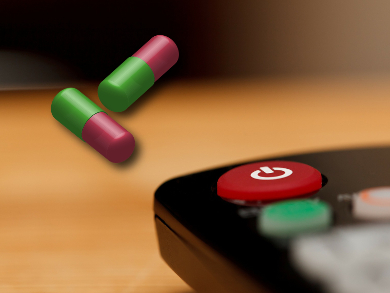Getting a medicine to exactly where it is needed in the body is often a major challenge. Traditional routes of drug delivery tend to be inefficient ways of treating conditions and can lead to side effects. One potential solution is to implant a course of the drug that self-administers over time at the site in the body it is needed. However, controlling the release of the drug once implanted is difficult. Ideally, doctors or patients would be able to trigger the release of a desired amount of drug from the implant on demand.
To address this need, Cecilia Leal and John Rogers, University of Illinois at Urbana-Champaign, USA, and colleagues have constructed an electronic device in which drugs are embedded in lipid membranes. These membranes are arranged to form a number of individual drug reservoirs, each of which is served by a heating element. The structure of these membranes is altered upon turning on the element, which can be wirelessly controlled from outside the body. This provides a precise, user-controlled, localized release of drug into the surrounding tissue.
The device was tested in a range of in vitro experiments and in mice, and showed no drug leakage, as well as a high level of user control that the researchers expect can be tuned by altering the lipid composition. Furthermore, the device is entirely composed of biocompatible and biodegradable materials, meaning that it does not have to be surgically removed, instead it simply dissolves.
- Biological lipid membranes for on-demand, wireless drug delivery from thin, bioresorbable electronic implants,
Chi Hwan Lee, Hojun Kim, Daniel V Harburg, Gayoung Park, Yinji Ma, Taisong Pan, Jae Soon Kim, Na Yeon Lee, Bong Hoon Kim, Kyung-In Jang, Seung-Kyun Kang, Yonggang Huang, Jeongmin Kim, Kyung-Mi Lee, Cecilia Leal, John A Rogers,
NPG Asia Mater. 2015, 7, e227.
DOI: 10.1038/am.2015.114




